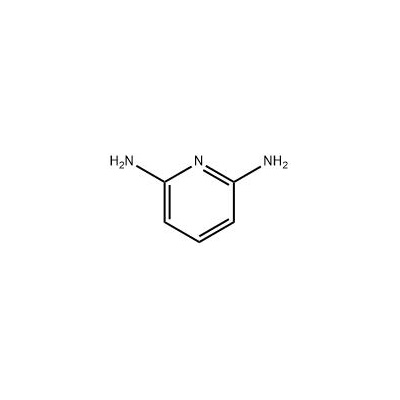
- English
- Español
- Português
- русский
- Français
- 日本語
- Deutsch
- tiếng Việt
- Italiano
- Nederlands
- ภาษาไทย
- Polski
- 한국어
- Svenska
- magyar
- Malay
- বাংলা ভাষার
- Dansk
- Suomi
- हिन्दी
- Pilipino
- Türkçe
- Gaeilge
- العربية
- Indonesia
- Norsk
- تمل
- český
- ελληνικά
- український
- Javanese
- فارسی
- தமிழ்
- తెలుగు
- नेपाली
- Burmese
- български
- ລາວ
- Latine
- Қазақша
- Euskal
- Azərbaycan
- Slovenský jazyk
- Македонски
- Lietuvos
- Eesti Keel
- Română
- Slovenski
- मराठी
- Srpski језик
Is pyridine a known carcinogen?
In the field of chemical safety, the carcinogenicity of pyridine has always been a focus of attention. As a basic raw material widely used in the production of medicines and pesticides, its potential health risks need to be objectively recognized based on the evaluation of authoritative organizations and scientific research results to avoid excessive panic or neglect of protection.

At present, international authoritative organizations have not reached a unified conclusion on the carcinogenicity classification of pyridine. The International Agency for Research on Cancer (IARC) classifies it as a Class 3 substance, that is, "it is not yet certain that it is carcinogenic to humans", based on the fact that although high doses of pyridine may increase the incidence of tumors in certain organs in animal experiments, there is a lack of human epidemiological data to support a direct carcinogenic association. The US Environmental Protection Agency (EPA) believes that it has "potential carcinogenicity", mainly based on the results of a slightly increased incidence of liver tumors in long-term exposure experiments in rats, but emphasizes that it may only be manifested at high doses.
Animal experimental data show that when rats take in more than 200mg/kg of pyridine per day, the probability of pathological changes in the liver increases, but this dose is much higher than the occupational exposure limit (calculated based on a body weight of 60kg, equivalent to a daily exposure of 240mg, far exceeding the exposure in the actual working environment). Follow-up studies on occupational populations have shown that long-term exposure to pyridine that meets the limit (4mg/m³) has not found an abnormal increase in cancer incidence, indicating that under standardized protection, the risk of cancer can be controlled at an extremely low level.
It should be made clear that the health risks of pyridine are mainly reflected in acute toxicity and organ damage, rather than clear carcinogenicity. Its harm to the human body is mainly liver, kidney and nervous system damage, and its carcinogenicity is "potential" and is closely related to the exposure dose. In contrast, acute poisoning (such as dyspnea and coma) caused by short-term high-concentration exposure is more urgent and needs to be prevented first.
For practitioners, there is no need to worry too much about the potential carcinogenicity, but protective measures must be strictly implemented: wear a gas mask (filter or air supply), wear impermeable gloves and protective clothing, ensure the effective operation of the workplace ventilation system, and conduct regular occupational health examinations (focus on monitoring liver function). The general population does not need special protection because the probability of daily contact is extremely low, and it is enough to avoid contact with industrial chemicals containing pyridine.
Scientific understanding of the carcinogenicity of pyridine requires a distinction between "potential risks" and "clear hazards". Under the current research framework, the evidence of its carcinogenicity is not sufficient, but as a toxic chemical, it still needs to be based on standardized operation and strict protection. This is not only the basic requirement for safety management in the chemical industry, but also the core principle for protecting the health of practitioners.


